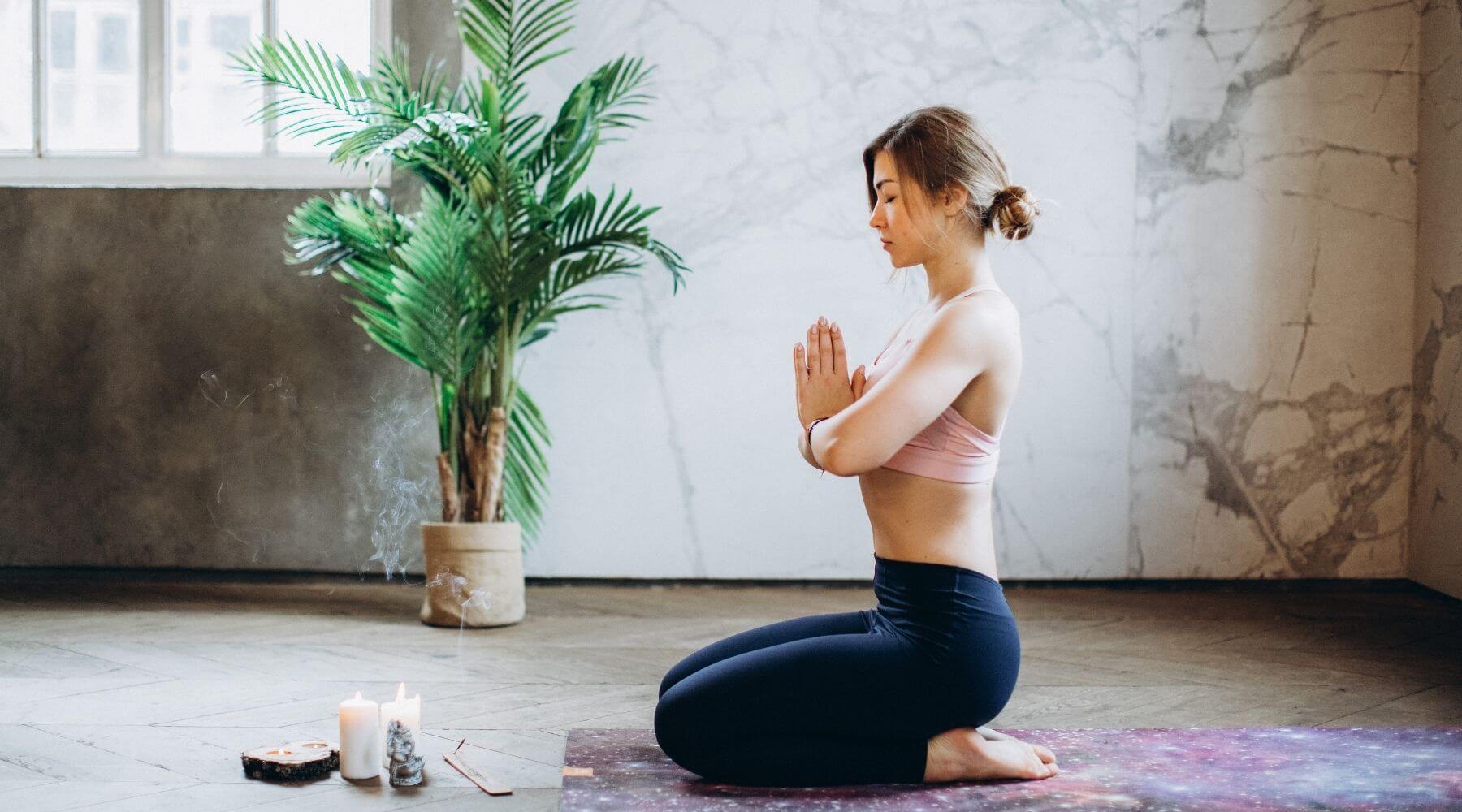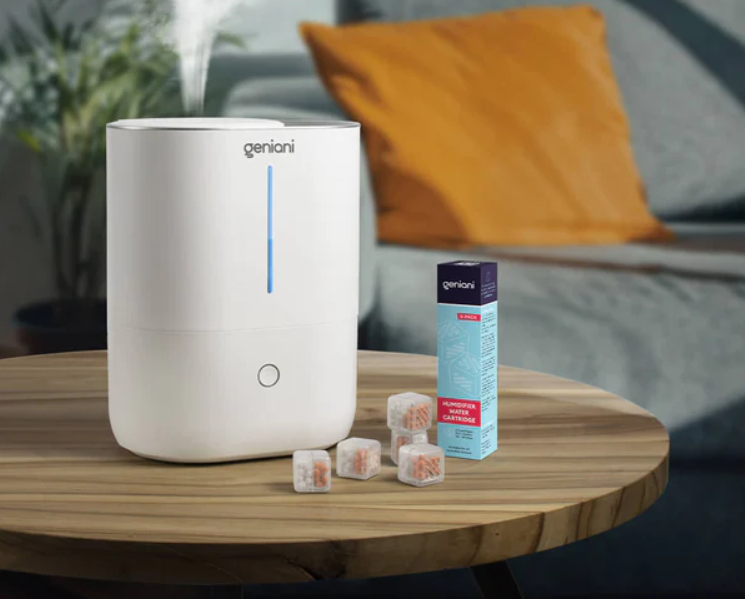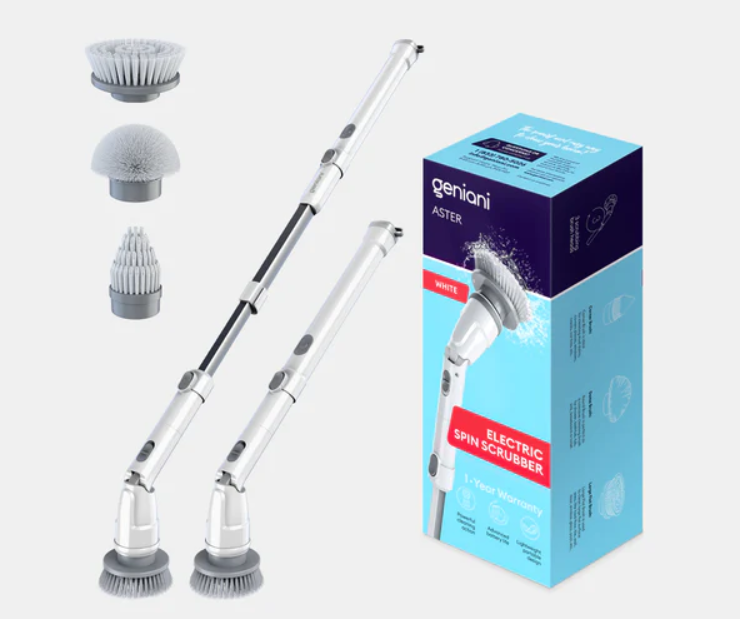Did you know that most health issues, such as the runny nose, dry skin, sleep deprivation, and even anxiety, can be fixed, just by improving your indoor environment? In this article, we’ll discuss 7 tips for a healthy home that will definitely make a difference for your body, mind, and spirit. Take a look.
What is a ‘wellness home’

Wellness has been talked about for a couple of years now, and it is considered an all-around way of pursuing health. The concept has extended to the home and its environment. Nowadays, it simply means healthy living at home, to nurture the body, mind, and soul. According to the National Human Activity Pattern Survey, currently, people spend 90% of their time at home. Thus, figuring out how to arrange your home for optimum health and comfort makes sense. There are many tips to help and we’ll cover some of them today.
7 most effective tips to create a ‘wellness home’
From building materials and floor layout ideas to creating spaces for mindful practices, here are aspects of wellness to factor in when arranging a healthier home and environment.
Improve indoor air quality
Breathing high-quality indoor air is crucial for good health. Most US citizens spend a lot of time in the home where there are pollutants from wearing shoes inside, streetcar traffic, unreliable air supplies, and so on. They cause headaches, allergies, eye inflammation, etc. But you can help remove them by simply implementing a few of these tips.
- Upgrade to a built-in central air purifying and entire house ventilation system
- Use homemade household cleaners that work
- Clean with eco-friendly products
- Choose only low VOC (Volatile Organic Compounds) materials for DIY projects like painting
- Add indoor plants into your living spaces
Design with plenty of natural light
Amongst all the tips for a healthy home, this one might not seem important. But here’s the thing: daylight helps release a hormone called serotonin. It lifts your mood and helps you focus. Moreover, a house with little natural light makes people feel depressed. Here’s how to improve it.
- Make sure the windows aren’t blocked by plants or furniture
- Hang mirrors opposite the windows to reflect light
- Use a light color scheme
- Consider an open layout to let daylight reach every corner of living spaces
Add some nature to your interior design

It’s scientifically proven that time in nature helps calm emotions, increases memory performance, boosts problem-solving skills, and even enhances creativeness. By simply incorporating some naturalistic components, you can expect to feel calmer, happier, and even more empowered.
- Plant gardens on rooftops or in the backyard to get fresh air and even exercise there
- Add fresh flowers and plants throughout the entire home
- Choose scented flowers mindfully (i.e. lavender is great for relaxation)
- Install wide glass windows to let light stream throughout the rooms
Setup your home with hydration and water saving in mind
Healthy living at home also includes decent hydration and water usage. Water is key to keeping the body and mind healthy. The advantages range from staying pumped up with energy to maintaining blood pressure and decreasing stress. Everyone can take simple steps toward a “water-efficient home”.
- Encourage hydration by using effective built-in water filters
- Set up touchless faucets to save water and prevent the spread of germs
- Use low flush capacity toilets to save water
- Install low flow showerheads to save time and water while getting a comfortable temperature
Incorporate smart technology

Nowadays, smart technology is designed to make our environment healthier and our life more comfortable. For example, now fireplaces aren’t just for burning wood. Electric ones use LED lights to create the appearance of flames and can deflect heat to another room of the house. An automated fan system circulates the heat. There are other ways smart technology can help residents live a healthier lifestyle.
- Try apps and smart technology to manage family members’ screen time
- Use an ultrasonic cool mist humidifier to keep the air fresh and mild and improve sleep
- Use connected appliances to monitor rooms or check appliances like the fridge remotely
Design rooms to promote wellness
A healthier home can positively impact emotional and mental health. When designing your home, designate some places to relax, chill out, or meditate. Such sacred spaces can help to manage and reduce stress, which causes insomnia, headache, weight gain, digestive problems, fatigue, and so on. So, here are a few tips to make your mental health a priority in your home.
- Arrange each room for wellness (i.e., bedroom with candles like a slumber sanctuary)
- Create an in-home personal library or quiet reading nook
- Set up areas for conversations and activities with friends and family
Stick to healthy habits in the home
It’s not a secret that the concept of wellness includes healthy, mindful eating, and exercise habits. Your home can be a great place to commit to them by creating living spaces that inspire you to be consistent. These are just a few easy tips to turn your living space into an empowering and motivating one.
- Design a dedicated workout room to make it easier to work on fitness every day
- Create a space for meditation or a yoga studio to get rid of anxiety and get better sleep
- Equip your kitchen with a lot of counter and storage space for preparing healthy food
- Use a humidifier and aroma diffuser in the bathroom to enjoy personal aromatherapy sessions
Where should you begin
To create a ‘wellness home’, start with baby steps. Amongst all the tips for a healthy home, pick the one that will make the biggest improvement to your environment like moving furniture to let more daylight in. Or, you might want to buy candles for a meditation room or a humidifier to create a spa atmosphere in the bathroom. Use free apps to minimize screen time for the whole family and encourage more socialization. Also, adding flowers and plants all over the house can create a fulfilling environment. In a nutshell, set priorities, start small, and then proceed to tackle larger home improvement projects.







